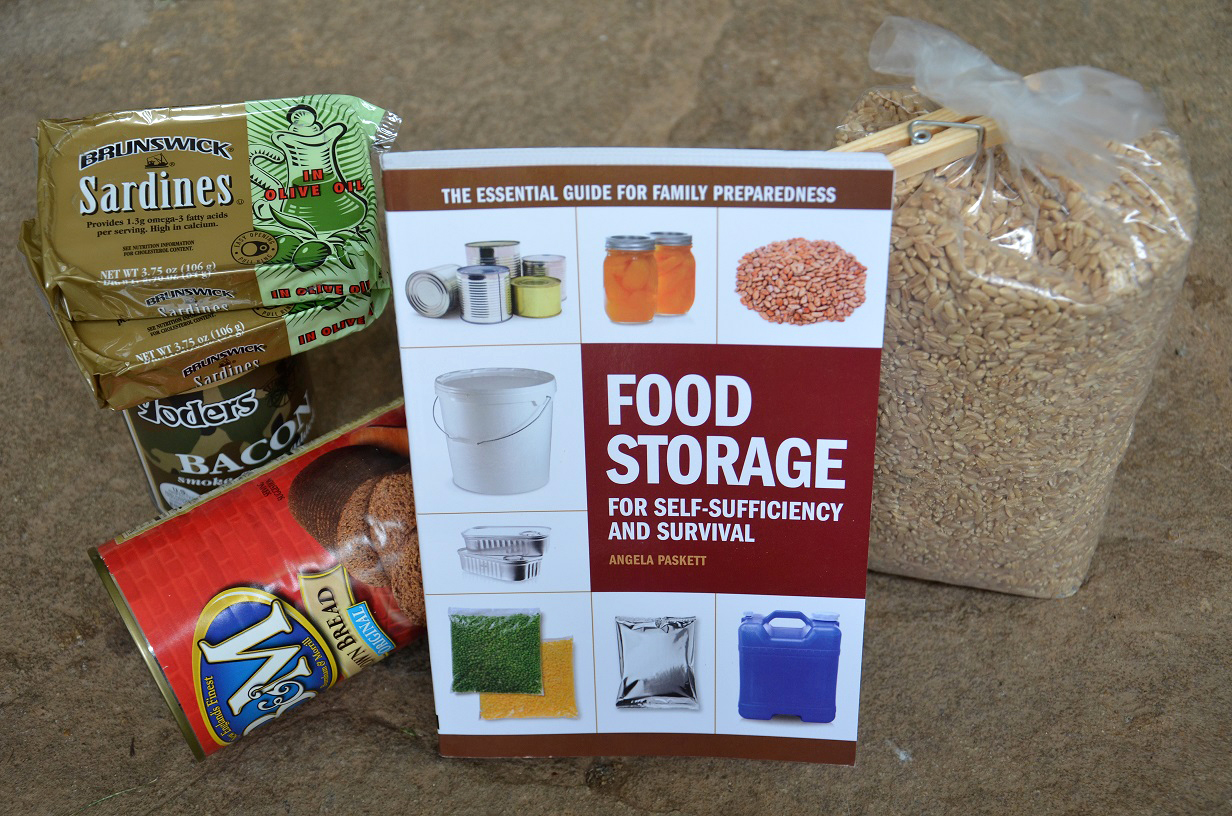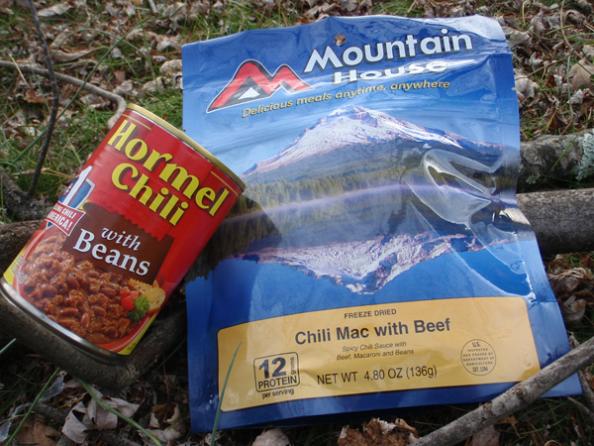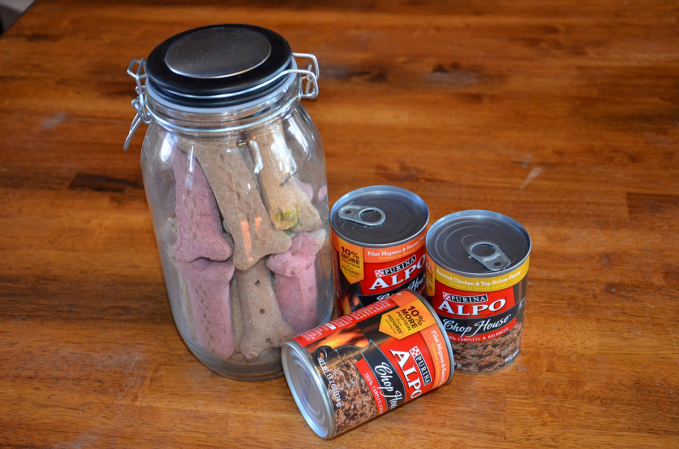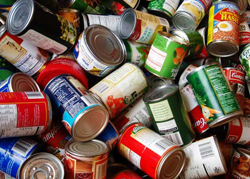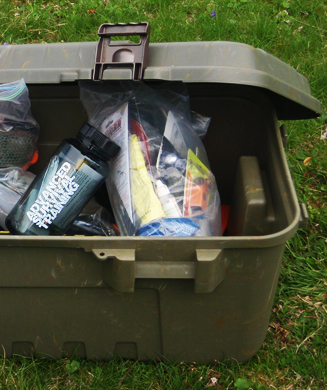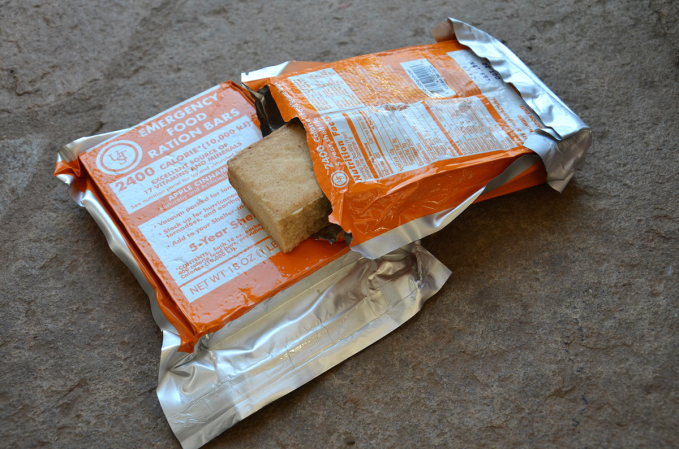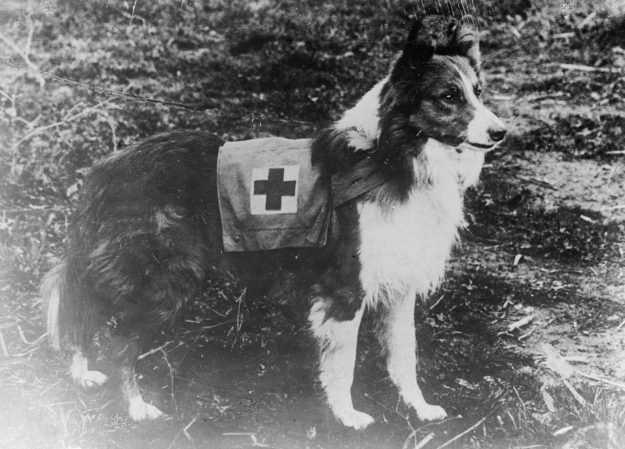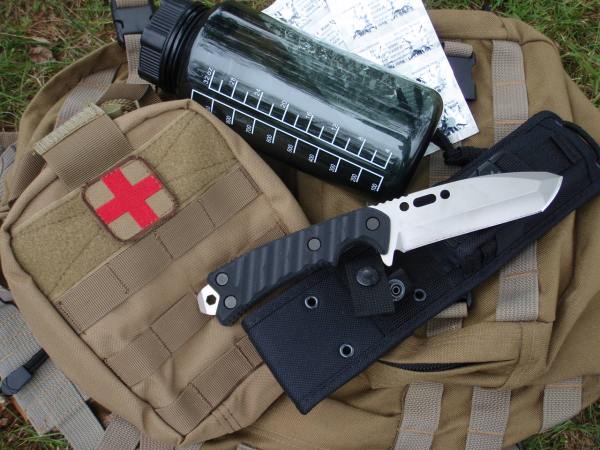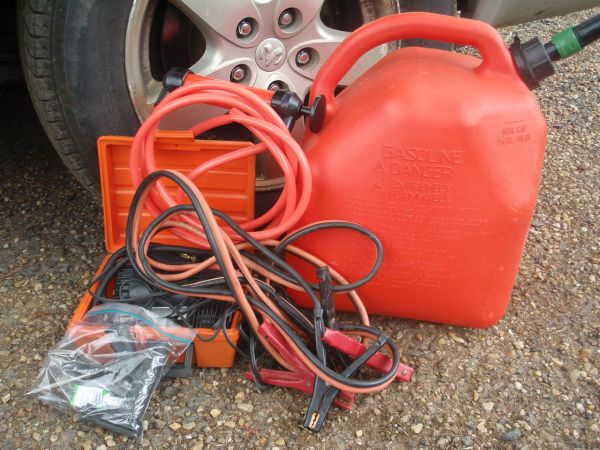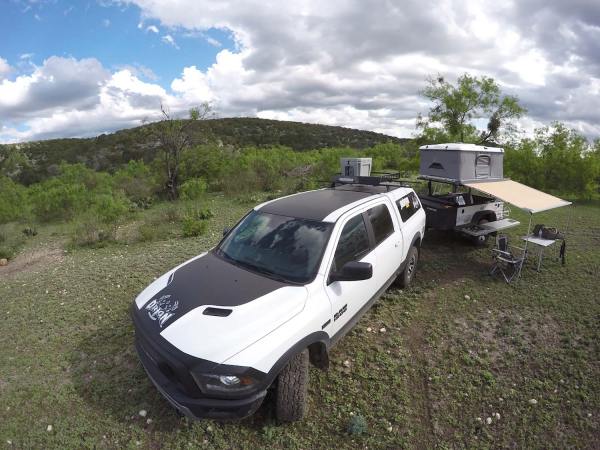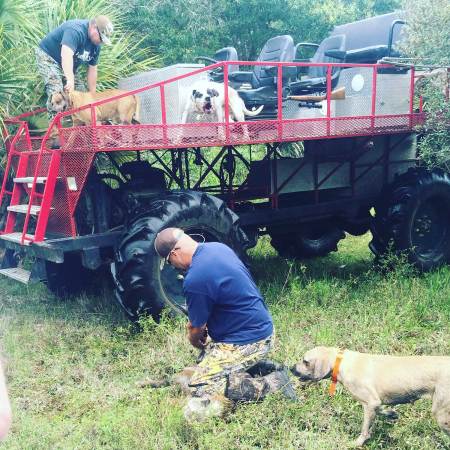We may earn revenue from the products available on this page and participate in affiliate programs. Learn More ›
One of your greatest assets for a long-term emergency is a healthy and well-rounded food supply. And one of the biggest wastes of money in the preparedness community comes from spoiled food that must be thrown away after improper storage or management. Food storage is something that every household should consider, and not just so you can last a few extra weeks in the “end times.”
Unexpected hardships, job losses, medical bills or legal troubles can drain your bank account in a hurry. But with food stores in place, at least your family can eat. This can grant the ability and independence to weather your situation for a few weeks, or a month, or more, until you’re back on your feet again. Don’t think of food storage as paranoid food hoarding, think of it instead as a food insurance policy. And if you’re going to stock up on some staples, you’d better do it right. Here are three ways to prevent the loss of these valuable food commodities.
1. Maintain a Stable Temperature
Wild temperature swings can really shorten the lifespan of stored food, not to mention deteriorate the quality and flavor of the food. Cooler temperatures are always better than warmer ones, and a constant temperature is better than one that fluctuates. Take your food storage out of the garage, for example, and move it to the basement. The hot weather of summer and the freezing temperatures of winter can drastically shorten your food’s lifespan in a garage, but the steady, cool climate in a dry basement can make food last for years and years.
2. Rotate Your Stock
Use it or lose it! Let’s take the example of a conscientious stock clerk in a grocery store. When new cans, jars and boxes go on the shelf – they are placed in the back and the older stock is moved forward. This way, the older goods are purchased and used – rather than being continually shoved to the back of the rack to gather dust and expire. You can model your storage shelves just like the grocery store, keeping the same or similar items together, and pulling the older stuff forward as you add new stock to the back. This way, little to no food is lost to the ravages of time.
3. Keep It Dry
There’s no doubt that dry conditions are the right conditions to store most foods. Water provides the foundation for fungal and bacterial decay. When moisture is very low, many food products can last a very long time. As an example of this, contemporary excavations at the palace of Herod the Great in Israel yielded a Judean date palm seed which was roughly 2,000 years old. After being recovered from the arid dig site, the seed was successfully germinated in 2005. So here’s the punchline. You won’t need your supplies to last 2,000 years, but you should still keep your storage area as dry as possible. Use dehumidifying products or devices, and keep a humidity gauge next to the food to keep tabs on the environment.
What kind of conditions and techniques do you use for your emergency food storage? Please share your tricks by leaving a comment.
